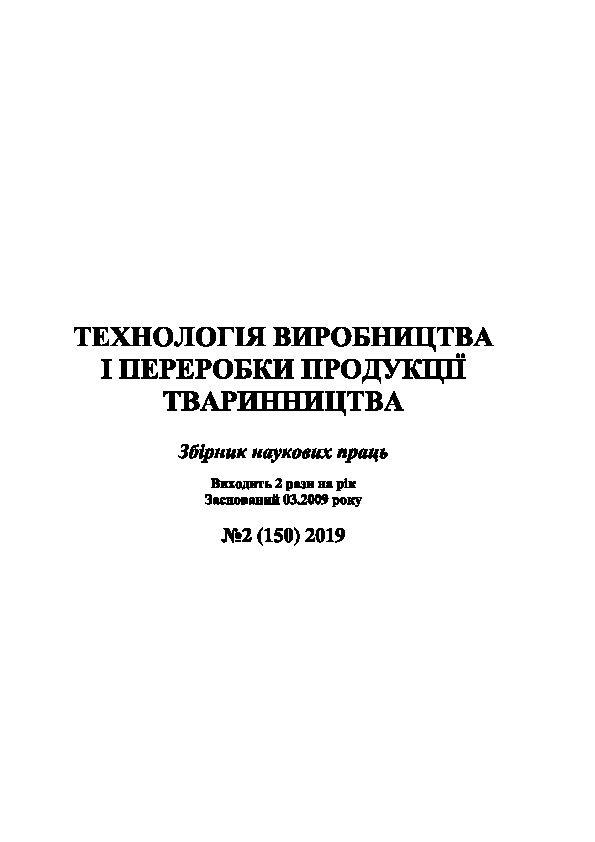id: 23469
Title: Migration of toxic metals from vegetable waste in compost
Authors: Shevchuk T. V., Doroshkevich N. F.
Keywords: heavy metals, transformation, California worms, compost, vegetable waste, utilization
Date of publication: 2020-02-07 15:21:58
Last changes: 2020-02-07 15:21:58
Year of publication: 2019
Summary: The article presents the results of studies on the transformation of heavy metals into vegetable domestic waste (dry leaf) in the process of composting using the Californian worm. It is known that in cities during the growing season, a large number of fallen leaves is accumulated. It is a valuable raw material for fuel production; it is an excellent thermal insulator, is considered good mulch and can be recycled. We have developed a humus technology based on vegetable waste (fallen leaves) with the help of a Californian worm. Before composting, the concentration of heavy metals (lead, cadmium, copper and zinc) was determined in foliage collected from the streets of Vinnitsa. Analyzes showed that the background of these metals in plant waste did not exceed the maximum permissible norms. It has been experimentally proved that composting involves the conversion of heavy metals from fallen leaves to the body of the Californian worm and removing them as insoluble components in the lower compass. In addition, it has been experimentally established that during the composting period various heavy metals showed uneven migration and transformation in a soluble form. The most active was adsorption and removal of zinc compost. It was found that humic water-soluble compounds convert more than 78% of the total zinc that was contained in the composted substrate. The least mobile compounds were lead. However, even such a metal, as lead, during 150 days of composting by the California worm, turned into 40% soluble form and migrated to the lower layers of humic liquids. Thus, the processing of vegetable waste from cities (fallen leaves, lawn grass, garbage disposal, etc.) by composting using growing worms will not only solve the social problem of utilization, but will also contribute to increasing environmental safety and economic efficiency.
URI: http://81.30.162.23/repository/getfile.php/23469.pdf
Publication type: Статті у наукових фахових виданнях України (Copernicus та інші)
Publication: Технологія виробництва і переробки продукції тваринництва : зб. наук. пр. БНАУ. - 2019. - № 2 (150). - С. 137-143.
In the collections :
Published by: Адміністратор
File : 23469.pdf Size : 6398695 byte Format : Adobe PDF Access : For all

| |
|
|